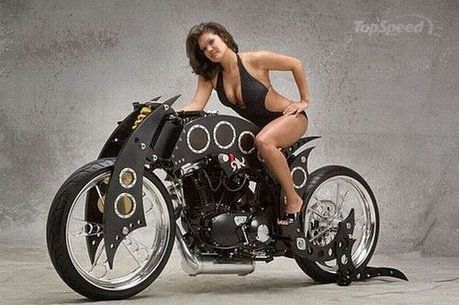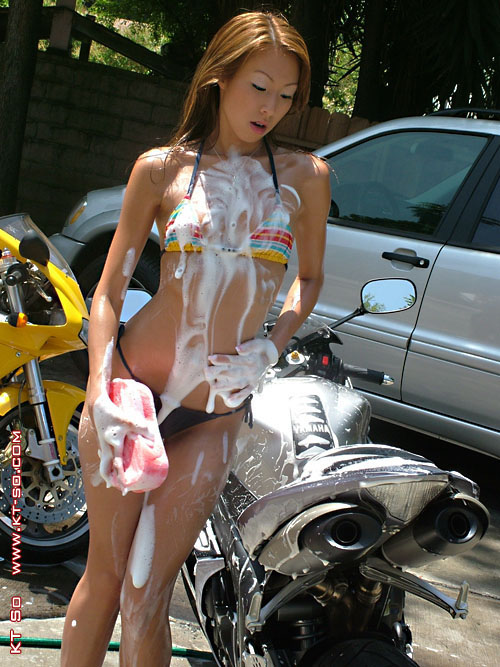
Lenny sent me an interesting question; he's looking for a Sunbeam Model 90 (and who isn't?), and wanted to know details concerning proper engine and frame numbers ('N' and 'E' prefixes, respectively), and where to look. There is a saddle-tank '31 M90 on BoA, (e11,500 - my mac has no 'euro' key), but I mentioned that if he wanted a flat-tank M90, to expect to pay a lot more (e15-20k, or more). Why the price hike for the flat-tanks?
All flat tank machines are coveted, as they were made for a very brief period (say 1900-28), whereas saddle tank machines are still the norm today (1928-2008). Due to a confluence of economic, esthetic, and design changes, the flat-tankers were truly the last of the hand-made motorcycles. The economic downturn in 1929 meant that production efficiency became paramount to a factory's survival, and luxuries of hand-assembly by skilled craftsmen would become a thing of the past.
Design changes around 1929/30 meant that flat-tank sporting machines are in general lighter than later saddle-tank bikes, as the new look arrived when the motorcycle industry as a whole made sweeping changes; frames were built with heavier
 castings and thicker tubing, using shorter, taller frame dimensions and full-cradle frames, smaller (19") wheels, heavier brakes and mudguards, full lighting equipment and speedometers as standard, etc - all progress in motorcycle design towards greater reliability and safety. A heavier machine is more durable, bottom line, and I can attest that 20's machines can be quite fragile, and frame breakages along with other disasters were not uncommon. The downside at the time; heavier components added 50-75lbs of weight, with no appreciable improvement in engine hp (although the change to enclosed valve gear and recirculating oil systems was a Good Thing). 30's bikes are usually slower than 20's bikes of the same model, in general - thus, a '33 Model 90 (second pic) is not as quick or as fast as a '28 'Bullnose' TT90 (top pic) but will stop and hold its oil better than its older brother.
castings and thicker tubing, using shorter, taller frame dimensions and full-cradle frames, smaller (19") wheels, heavier brakes and mudguards, full lighting equipment and speedometers as standard, etc - all progress in motorcycle design towards greater reliability and safety. A heavier machine is more durable, bottom line, and I can attest that 20's machines can be quite fragile, and frame breakages along with other disasters were not uncommon. The downside at the time; heavier components added 50-75lbs of weight, with no appreciable improvement in engine hp (although the change to enclosed valve gear and recirculating oil systems was a Good Thing). 30's bikes are usually slower than 20's bikes of the same model, in general - thus, a '33 Model 90 (second pic) is not as quick or as fast as a '28 'Bullnose' TT90 (top pic) but will stop and hold its oil better than its older brother.Also, this transition period coincided with the advent of purpose-built overhead-cam racing machines, and thus the last flat-tank sportsters were the last 'same as you can buy' machines which could be seen winning races in Europe and England (America is a different story, requiring another post). Afterwards, it was all ohc, specialist machines - Norton M30, Velo KTT, Guzzi V-twin, BMW RS, etc, especially if you're talking about any factory effort from Europe (Germany or Italy), where the blossoming of an amazing period of racing engineering was just beginning (see pic of the Gilera 4-cyl supercharged racer -more posts to come!).

These 'works' machines became totally unavailable to anyone but a professional rider under contract to the factory - and they were sooo beautful, and today they are sooo expensive, if you happen to find a real one (yes there is a whole industry making 'reproduction' BMW RS, Guzzi C4V and ohc v-twins, etc).
Thus, if you buy a Sunbeam Longstroke or M90, Norton 16H or model 18, Velo KSS, Scott 2-speeder, etc, from the 20's, you can look at a photo of a racer from the period and see an immediate connection - a few days hard graft in the workshop could bring your bike up to the same standard of performance as the factory effort.

Racing success generates values, still to this day and in all cases; that's just how the motorcycle world works. Successful racing saddle-tank bikes (again, Norton M30, Velo KTT, Excelsior Manxman, etc) from the 30's and 40's have
 skyrocketed in value as well, whereas the updated machines from the 20's (Sunbeam M90, Norton M18) which were no longer competitive, don't fare as well at market.
skyrocketed in value as well, whereas the updated machines from the 20's (Sunbeam M90, Norton M18) which were no longer competitive, don't fare as well at market.They are still every bit as fun to ride, though, and hopefully that's the point.








No comments:
Post a Comment